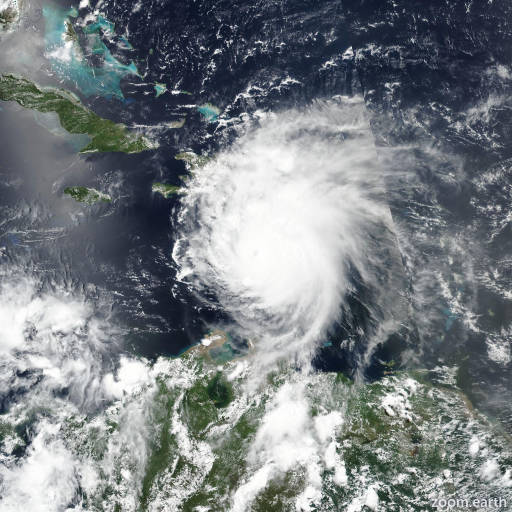Major Hurricane Beryl 2024
Last Modified:

Satellite images, weather maps and tracks of Category 5 Major Hurricane Beryl 2024, 28 June - 11 July. Max wind speed 165mph.
Click on the map to add points. Double‑click to finish.
Tap on the map to add points.
Last Modified:

Satellite images, weather maps and tracks of Category 5 Major Hurricane Beryl 2024, 28 June - 11 July. Max wind speed 165mph.